The simple cycle of a compression heat pump consists of heat absorption leading to evaporation of the refrigerant, compression of the gaseous refrigerant, heat release at a higher temperature level leading to condensation of the refrigerant and subsequent expansion of the liquid refrigerant.
In order to meet the requirements for refrigerants (F-Gas regulation), natural refrigerants (H2O, NH3, CO2, ...) are increasingly used. Since pure refrigerants can only achieve very high temperature strokes with great technical challenges, refrigerant mixtures are coming into focus for this application. These combine the advantages of individual refrigerants and allow greater flexibility in process control. The adaptation of the cycle, by separating the two-phase refrigerant mixture and adding an additional liquid pump, makes it possible to cover different fields of application.
The result is a combination of absorption and compression heat pump, which is then called compression heat pump with solution cycle (CHPS) or compression resorption heat pump (CRHP). Because of the more complex design of the CHPS compared to a commercial compression heat pump, careful design and optimization of the cycle must be performed.
The theoretical cycle is simulated using the EES® software and the external routine AWMix® for thermophysical properties. This provides insight into the thermodynamic behavior of the cycle, as well as the variation of various operating parameters.
Based on the results and preliminary experience, the pilot plant is currently being rebuilt, which will then allow various operating points and scenarios for different application areas to be tested experimentally.
Investigation of two low power energy converters to supply high temperature loads from low temperature district heating networks.
Heat networks are a central component of current and future heat supply. In order to allow more low-temperature heat sources, such as geothermal and process waste heat, to be fed into such a heat network and heat from a less lossy low-temperature heat network to be fed out for high-temperature industrial processes, two low-power energy converters are being investigated at two locations for the possible replacement of a conventional decentralized transfer station (house station).
The two energy converters are an absorption heat transformer (AWT) at the Institute of Building Energetics, Thermotechnology and Energy Storage (IGTE) at the University of Stuttgart and the compression heat pump with solution loop (KWPL) here at the Institute of Thermodynamics (IfT). In a joint research project with the Fernwärme-Forschungsinstitut (FFI e.V.), the feasibility for a heating network 4.0 with an AWT and/or a KWPL is being considered with regard to cost and energy saving potentials.
Project Promotion
The project is funded by the German Federal Ministry of Economics and Climate Protection (BMWK) through the German Federation of Industrial Research Associations (AiF) as part of the Industrial Cooperative Research (IGF) program.
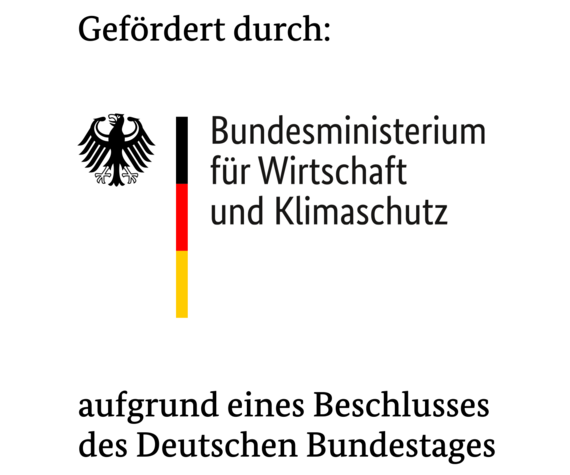
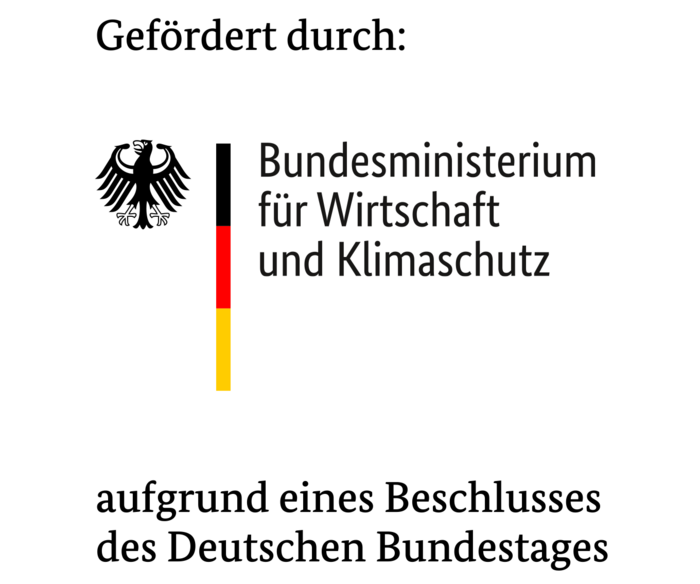
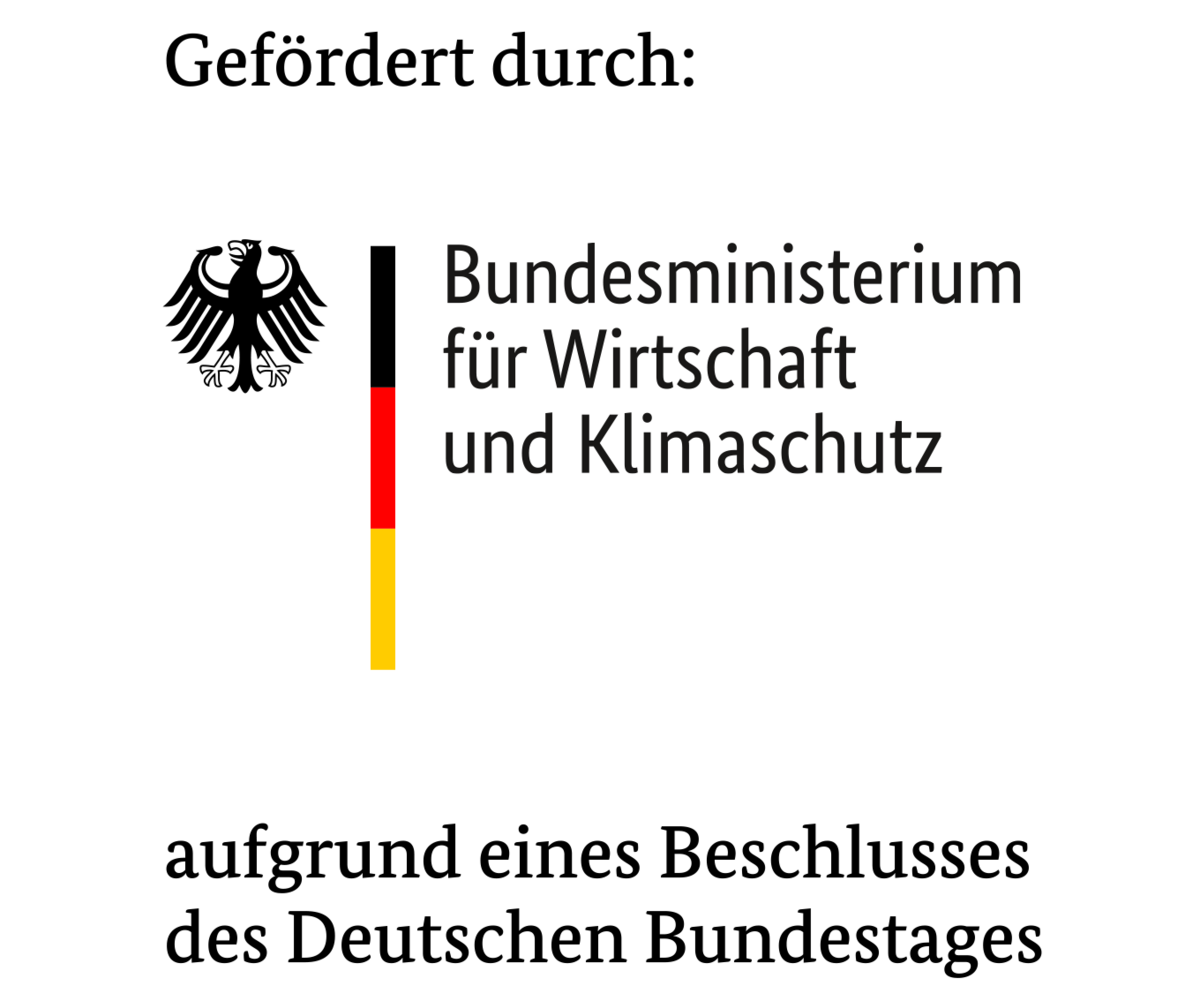
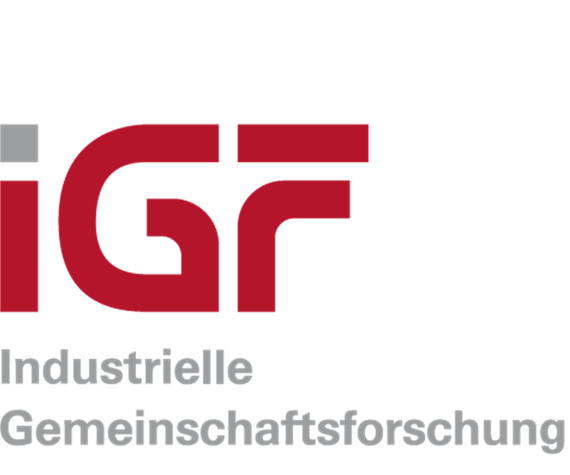
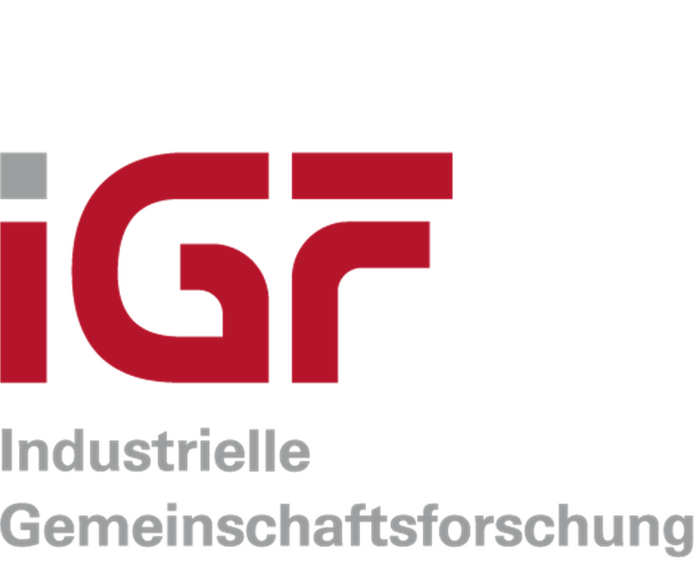

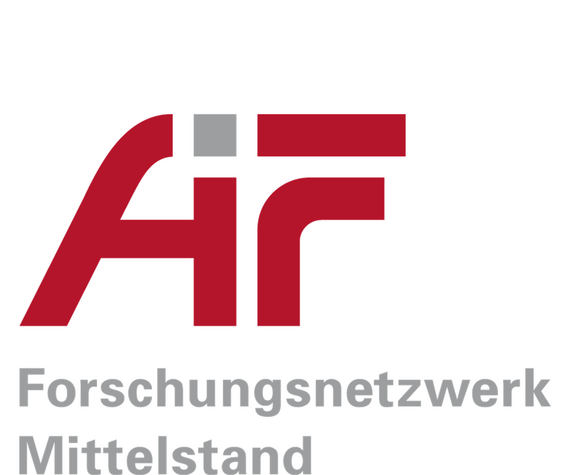
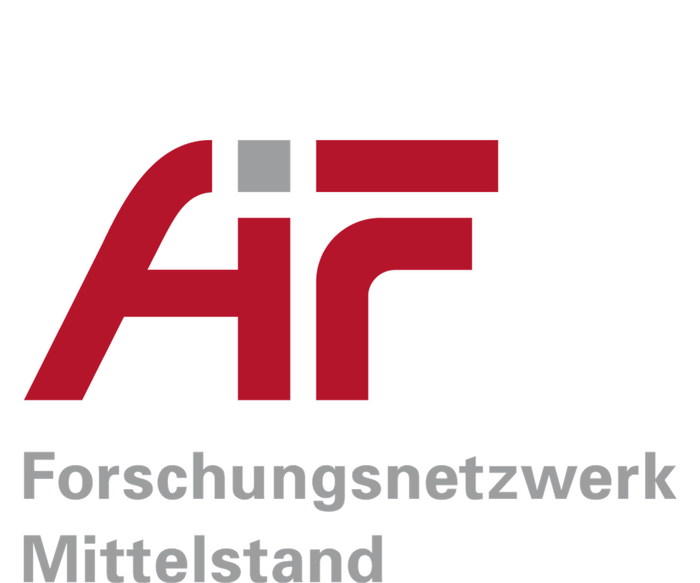
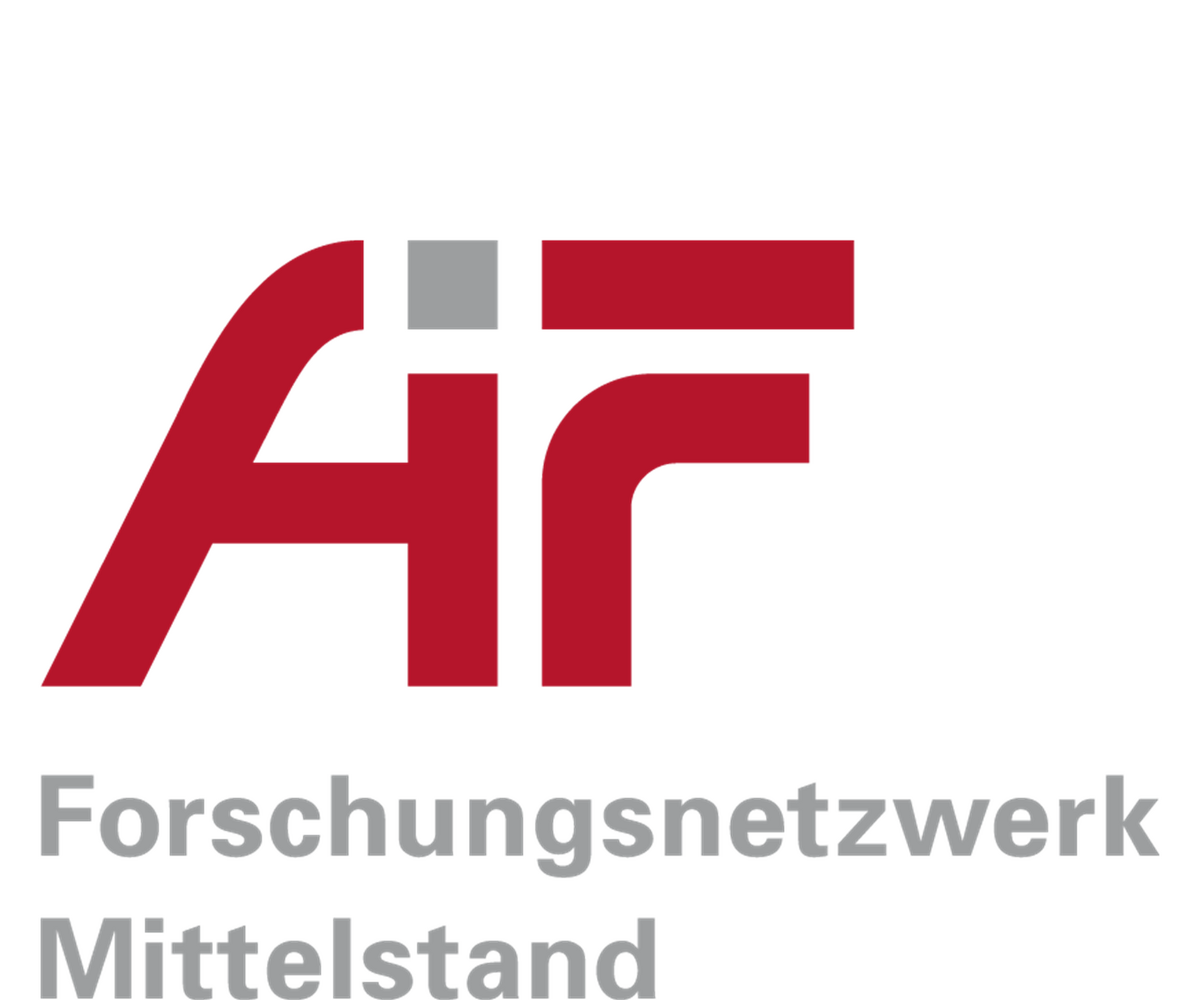
Processing
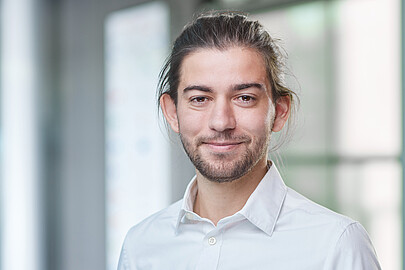

30823 Garbsen










